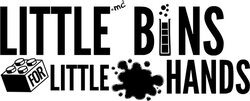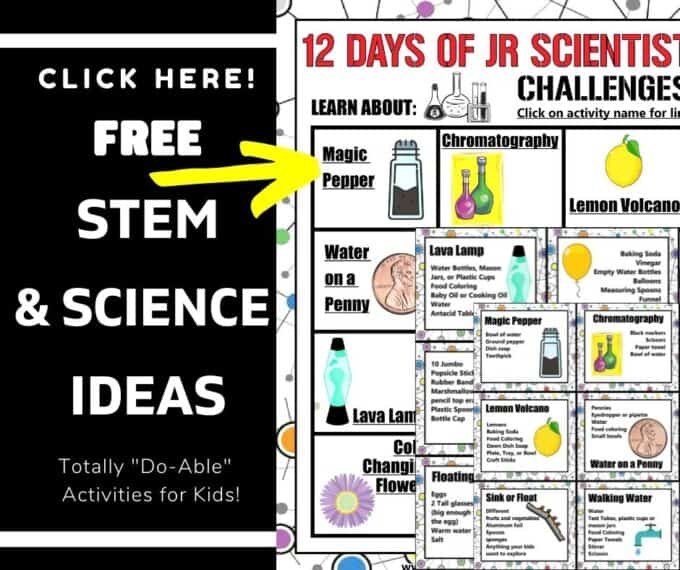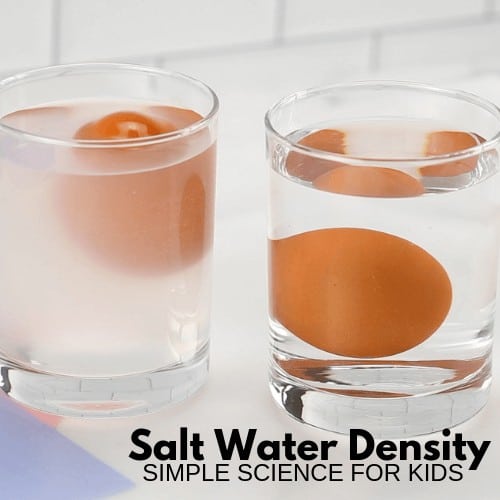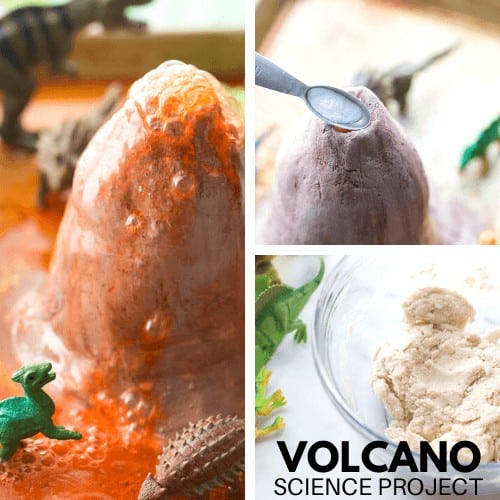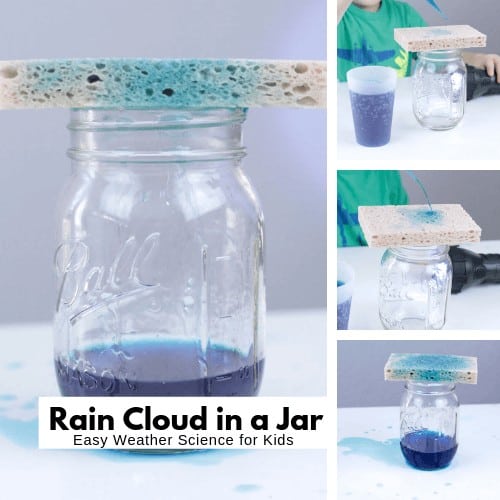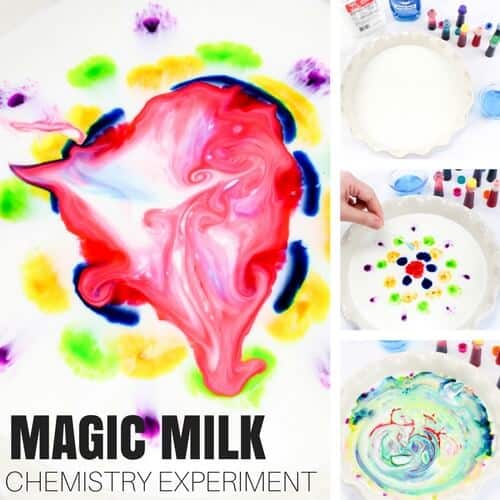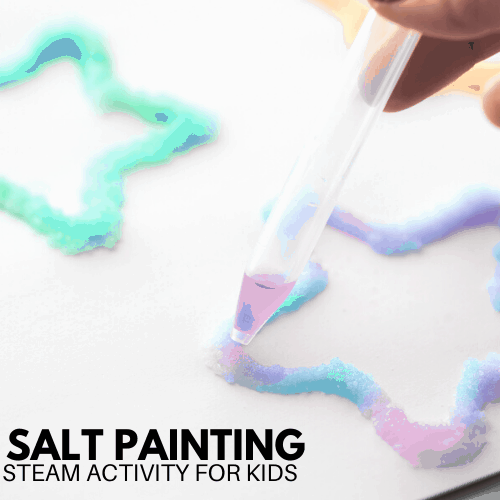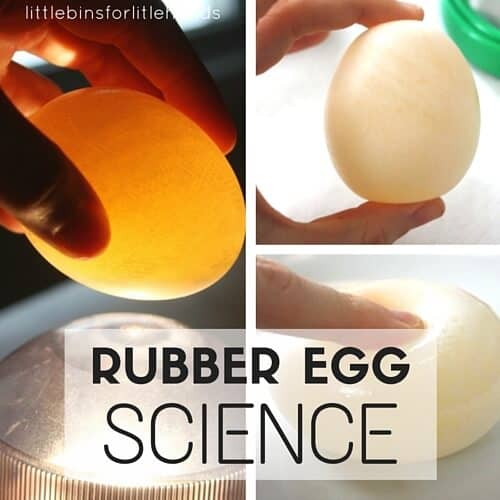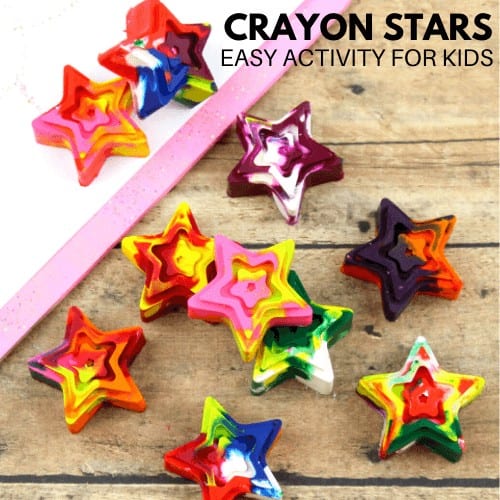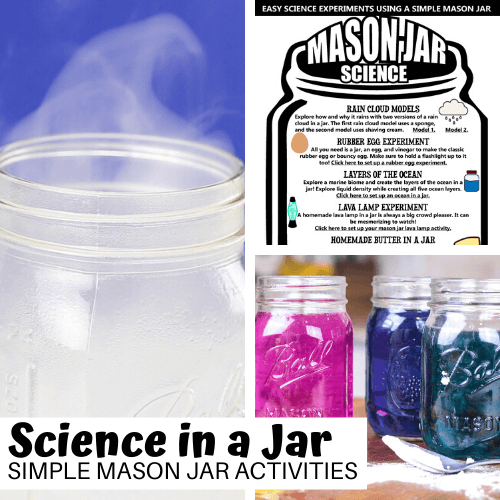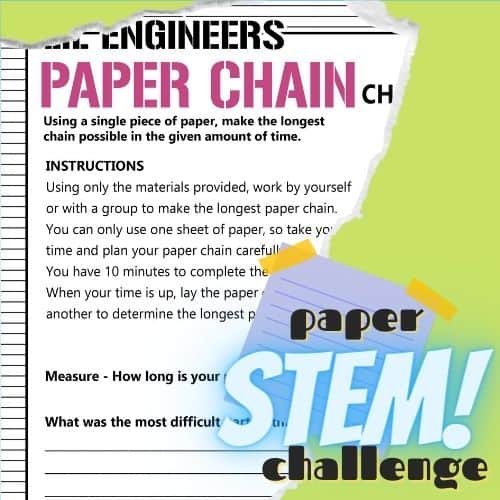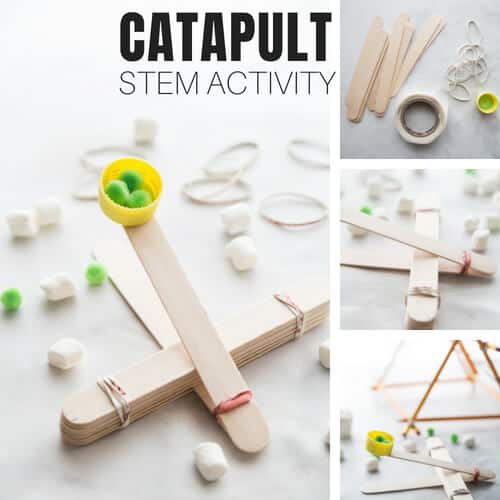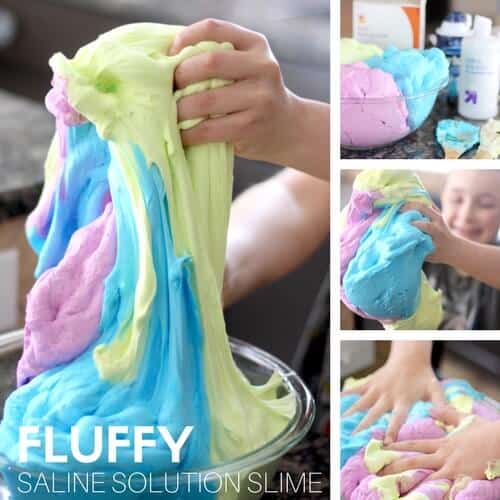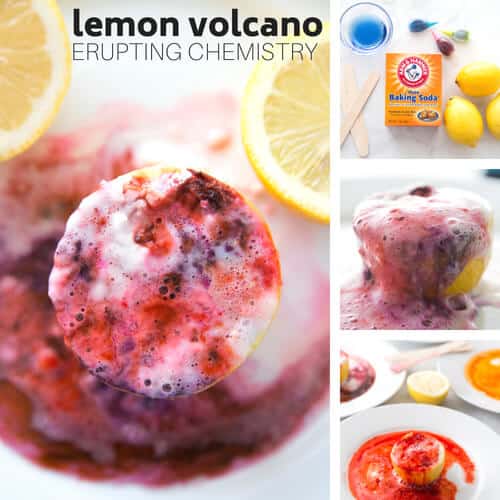Curious kids turn into junior scientists with these fun and simple science projects for 1st graders. Science doesn’t need to be difficult or complicated! Here’s our list of the best first grade science activities that are totally doable and use simple supplies for home or in the classroom.

What Do First Graders Do In Science?
At this stage, the emphasis is on cultivating curiosity, honing observation skills, and fostering a love for discovery. The first grade science curriculum typically covers a diverse range of topics, encouraging students to engage in hands-on activities that make learning both immersive and enjoyable.
First Grade Science Topics Include:
- Living and Non-Living Things: Students learn to differentiate between living organisms (plants and animals) and non-living things (objects and materials). They explore the characteristics and behaviors that define living things.
- Plants: First graders discover the life cycle of plants, from seed germination to growth and reproduction. They learn about the role of sunlight, water, and nutrients in plant development.
- Animals: Students explore various animal species, their habitats, and basic characteristics. They learn about different types of animals, their body parts, and how they adapt to their environments.
- Weather and Seasons: Children are introduced to basic weather patterns and the four seasons. They learn about the different types of weather conditions and how they change throughout the year.
- Basic Earth Science: First graders might learn about the Earth’s landforms (mountains, valleys, etc.) and bodies of water (rivers, lakes, oceans). They also explore concepts like day and night and the rotation of the Earth.
- Matter and Materials: Students are introduced to different types of materials (solid, liquid, gas) and their basic properties. They learn to describe and compare materials based on attributes like color, texture, and size.
- Energy and Forces: Young learners are introduced to the concept of energy and different forms of energy like light and sound. They might explore simple machines and basic forces like pushing and pulling.
- Light and Shadows: First graders might learn about sources of light, how light travels, and how shadows are formed. They observe and experiment with light to understand its properties.
- Simple Experiments: Students engage in simple hands-on experiments to learn about cause and effect relationships, make predictions, and develop their scientific inquiry skills.
- Observation and Recording: Emphasis is placed on developing observation skills and recording findings through drawings, diagrams, and simple written descriptions.
- Environmental Awareness: Children might learn about the importance of taking care of the environment, recycling, and conserving resources.
- Basic Astronomy: An introduction to the sun, moon, and stars might be included, along with the concept of day and night and the idea that the moon changes shape.
Using the Scientific Method
The scientific method is a process or method of research. A problem is identified, information about the problem is gathered, a hypothesis or question is formulated from the information, and the hypothesis is tested with an experiment to prove or disprove its validity.
Sounds heavy… What in the world does that mean?!? It means you don’t need to try and solve the world’s biggest science questions! The scientific method is all about studying and learning things right around you.
As children develop practices that involve creating, gathering data, evaluating, analyzing, and communicating, they can apply these critical thinking skills to any situation.
Learn more about:
The use of the best Science and Engineering Practices is also relevant to the topic of using the scientific method. Read more here and see if it fits your science planning needs.
Creating A Science Fair Project
Science projects are an excellent tool for kids to show what they know about science! Plus, they can be used in all sorts of environments including classrooms, homeschool, and groups.
OUR TOP TIP: Pick a project that your child has expressed interest in. Engaging your child in this process will be much easier when they are the driving force behind it!
Kids can take what they have learned about using the scientific method, stating a hypothesis, choosing variables, making observations and analyzing and presenting data.
Want to turn one of these experiments into an awesome science fair project? Check out these helpful resources.
Get your FREE Science Activities Calendar
35 Science Projects for First Graders
Color Mixing
Use watercolors to learn how mixing primary colors creates different colors.
Sink or Float Experiment
Grab some everyday objects and a container of water to explore the concept of density and why some objects sink while others float.
Egg In Salt Water
Will an egg float or sink in salt water? This is a fun version of the sink or float activity above. Ask lots of questions and get kids thinking with this salt water density experiment.
Seed Germination Experiment
Use a seed jar to observe how plants grow from seeds and what they need to survive.
Shadow Puppets
Make these fun printable shadow puppets to explore how light interacts with objects and creates shadows.
Edible Moon Phases
Use oreo cookies to create the phases of the moon to explore how the moon changes as it moves around the earth.
Make Rainbows
Use a simple glass prism, and other ways to see how light is made up of different colors and can be separated into a rainbow.
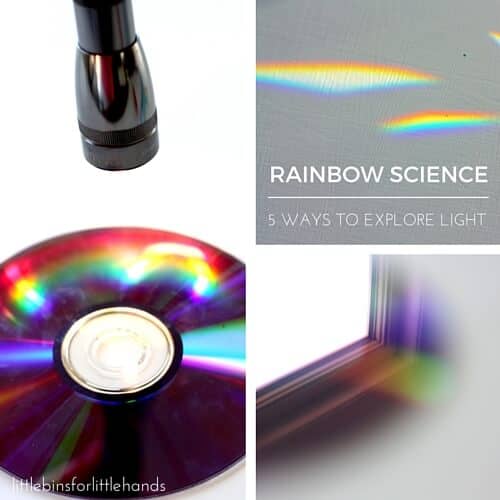
Dissolving Candy
Add some hard candy to different liquids to explore how substances dissolve in some liquids but not others.
What Absorbs Water
Explore what materials absorb water and what materials do not absorb water. Use items you already have on hand for this easy science project.
Grow Crystals
Learn about how crystals are formed and can take different shapes. You can grow crystals from borax, salt and sugar.
Make a Volcano Eruption
Kids will love this erupting chemical reaction with just two simple ingredients, baking soda and vinegar. Also try one of these fun variations with LEGO, a water bottle, apple and even a pumpkin.
Inflating Balloon Experiment
Observe gas production during a chemical reaction with this fun balloon science experiment. You can also set it up with soda and salt to observe a physical reaction.
What’s Magnetic and What’s Not
Explore how magnets attract and repel each other.
Solid, Liquid, Gas Experiment
Observe how water can change from a solid to liquid and back.
Rain Cloud In A Jar
Where does rain come from? How do clouds make rain? Explore weather science with this rain cloud in a jar activity. Also, try this shaving cream rain cloud model.
Balloon Rockets
Use a balloon and a straw to see how the force of air can propel an object forward.
Make a Windmill
Explore the concept of harnessing wind as a energy source with a simple to make windmill or wind turbine.
Bubble Science
Bubbles are just fun to play with! Learn how bubbles form and why they’re round with these bubble activities. It’s all to do with surface tension.
Oobleck
Is it a liquid or is it a solid? Fun hands-on science and play with our easy 2 ingredient oobleck recipe.
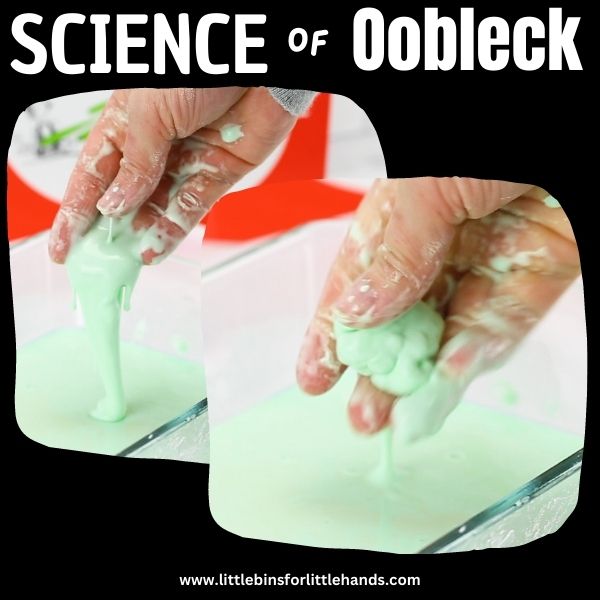
Grow Flowers
Watching flowers grow is an amazing science lesson for kids. Check out our list of the best seeds for kids to pick up and plant, and grow quickly.
Coffee Filter Flowers
Coffee filter flowers are a colorful STEAM activity for kids to explore solubility. Color a coffee filter with markers and spray with water for a fun effect.
Magic Milk Experiment
The chemical reaction in this magic milk experiment is fun for kids to watch and makes for great hands-on learning. The perfect science activity as you already have all the items for it in your kitchen.
Oil and Water Experiment
Find out why oil and water don’t mix with this simple to set up science project. It is all due to differences in density.
Lemon Battery
Grab some lemons and a few other supplies, and find out how you can make lemons into lemon electricity!
Salt Painting
Combine science and art to learn about absorption with this easy salt painting activity.
Lava Lamp Experiment
Add a chemical reaction to an oil and water experiment to create a homemade lava lamp.
Rainbow in a Jar
Create liquids with different densities that you can make a colorful layered liquid tower with.
Make Air Foils
Explore the effect air resistance has on a falling object with these to make paper air foils.
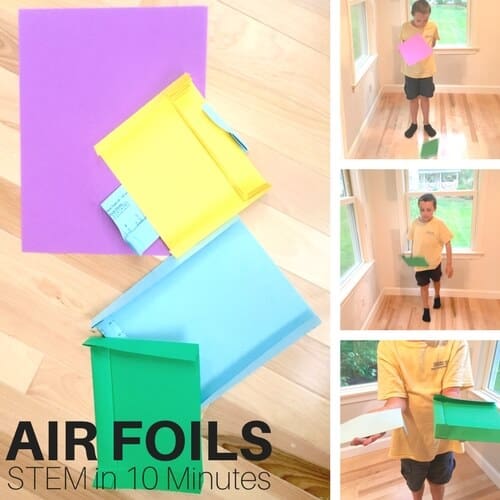
Water Xylophone
Use different amounts of water in glass jars to learn about how vibrations create sound waves.
Paper Airplane Launcher
Learn how design affects the flight of paper airplanes with a paper plane launcher.
Egg in Vinegar
What happens to an egg when it is left in vinegar for a few days? Observe how an acid reacts with and dissolves a shell.
Make A Sundial
This paper sundial is an easy way to understand how shadows change over time.
Electric Cornstarch
All you need is oil and water to explore static electricity with a balloon.
Toy Car Friction Experiment
Use a toy car and different types of materials to explore how friction affects the movement of an object.
Water Refraction Experiment
Demonstrate how refraction of light occurs in water with this simple water refraction experiment.
Melting Crayons
Learn how heat causes crayons to melt. It’s a great example of a physical change.
Helpful Science Resources To Get You Started
Here are a few resources that will help you introduce science more effectively, so you feel confident yourself when presenting materials. You’ll find helpful free printables throughout.
Science Practices
A new approach to teaching science is called the Best Science Practices. These eight science and engineering practices are less structured and allow for a more free–flowing approach to problem-solving and finding answers to questions. These skills are critical to developing future engineers, inventors, and scientists!
Science Vocabulary
It is never too early to introduce some fantastic science words to kids. Get them started with a printable science vocabulary word list. You’re definitely going to want to incorporate these simple science terms into your next science lesson!
What Is A Scientist
Think like a scientist! Act like a scientist! Scientists, like you and me, are also curious about the world around them. Learn about the different types of scientists and what they do to increase their understanding of their specific area of interest. Read What Is A Scientist
Science Books For Kids
Sometimes the best way to introduce science concepts is through a colorfully illustrated book with characters your kids can relate to! Check out this fantastic list of science books that are teacher approved and get ready to spark curiosity and exploration!
Science Tools
Scientific materials or science experiment tools are a must for every budding scientist! If you want to get your kids started with simple science experiments then you are going to need a few basic science tools to get started. Check out some great science tools you can add to your kit.
Science Supplies List
Many science concepts start in the kitchen with simple materials you already have on hand. Fill a plastic tote with easy-to-find supplies, and you will have a DIY science kit filled with learning opportunities that are sure to keep them busy all year long!
